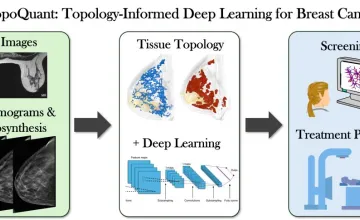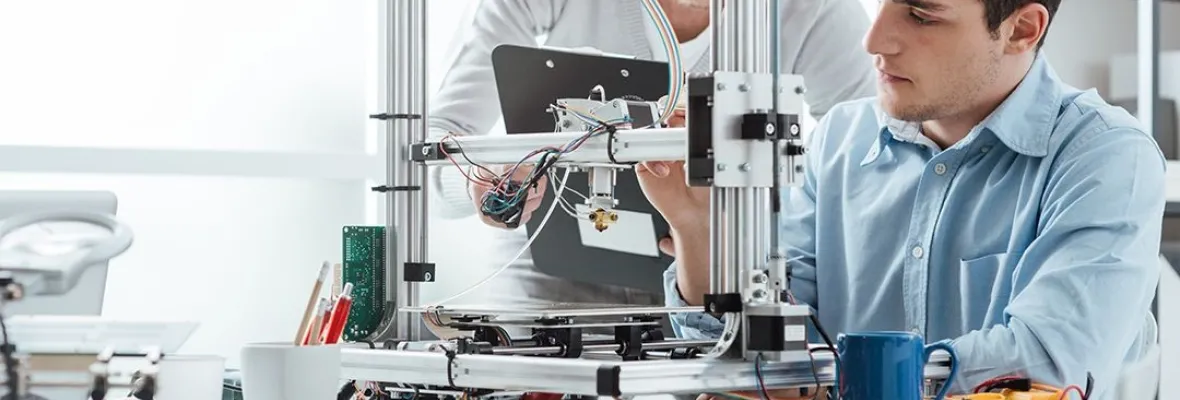AAU universities conduct a majority of the federally funded university research that contributes to our economic competitiveness, health and well-being, and national security. AAU universities are growing our economy through invention and innovation while preparing the next generation of scientists and engineers for global leadership. By moving research into the marketplace AAU universities are helping to create jobs, and provide society with new medicines and technologies.

UMD geologists uncovered evidence of a section of seafloor that sank into the Earth's mantle when dinosaurs roamed the Earth; it's located off the west coast of South America in a zone known as the East Pacific Rise.

Novel research supported by NCI could lead to more specific predictive disease models

A new University of Kansas study reveals parents seeking health care information for their children trust AI more than health care professionals when the author is unknown, and parents rate AI generated text as credible, moral and trustworthy.

Hypertension and amyloid plaques can separately cause dementia. Having both increases a person’s odds of developing cognitive decline, a new study finds
Explore More: University Research
You can filter stories by the university.
Fasting before getting your blood drawn for cholesterol tests is common practice, but new research from Michigan State University shows it is a contributing factor of low blood sugar, or hypoglycemia, in patients who take diabetes medications.
The dramatic decrease in mortality from heart attack in recent decades is not evident in younger age groups, especially younger women, according to a new study.
Researchers at Stanford and the University of Oregon discovered that virtual reality (VR) can be a powerful tool for improving environmental learning gains and attitudes.
MIT researchers are reproducing paintings using a new system that combines 3-D printing and deep learning.
Acute Flaccid Myelitis (AFM), a rare but incurable disease that has paralyzed at least 116 people in 31 states in 2018, most of them under age 18. Karl Kuban, BU School of Medicine (MED) professor of pediatrics and neurology, answers questions about the disease.
